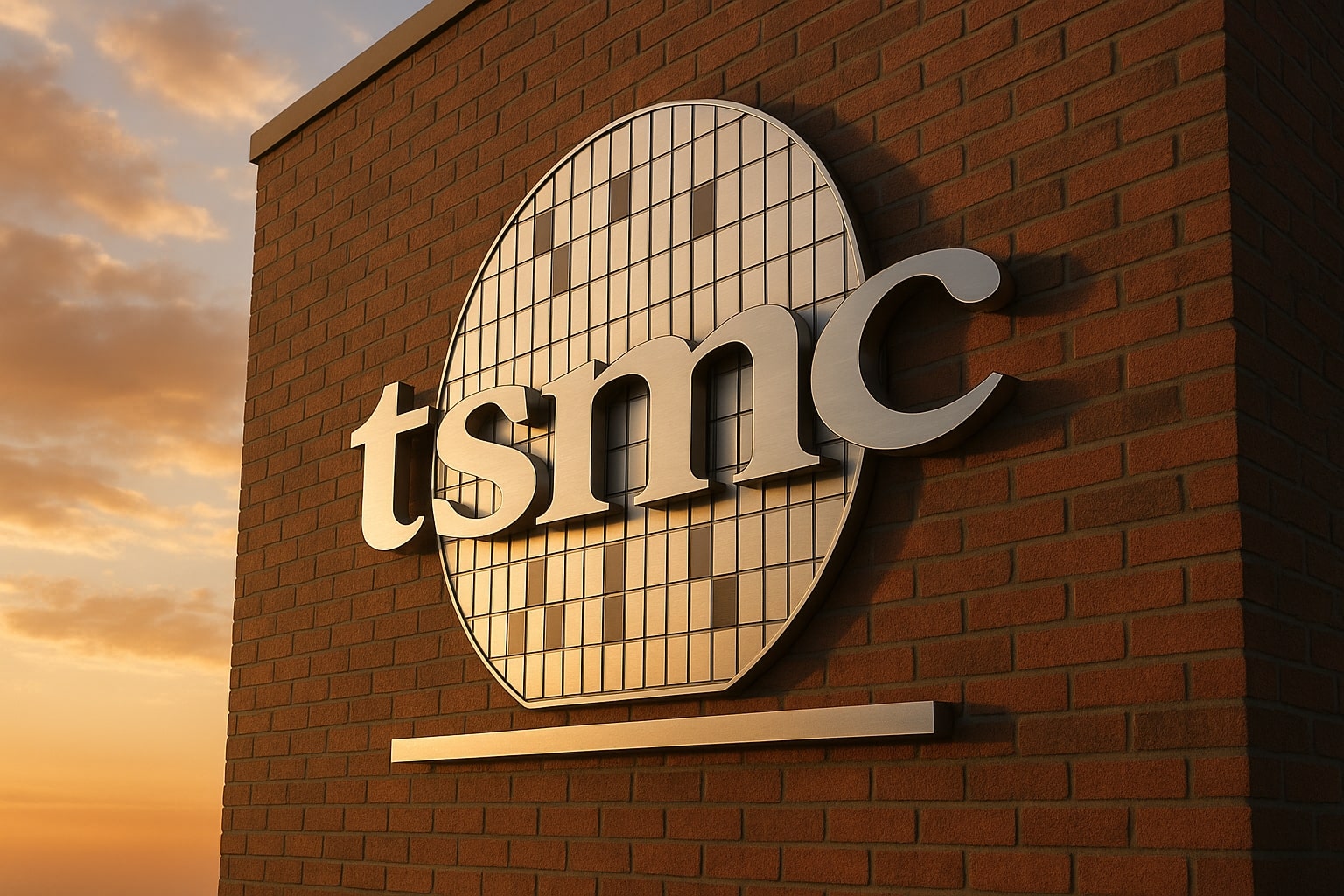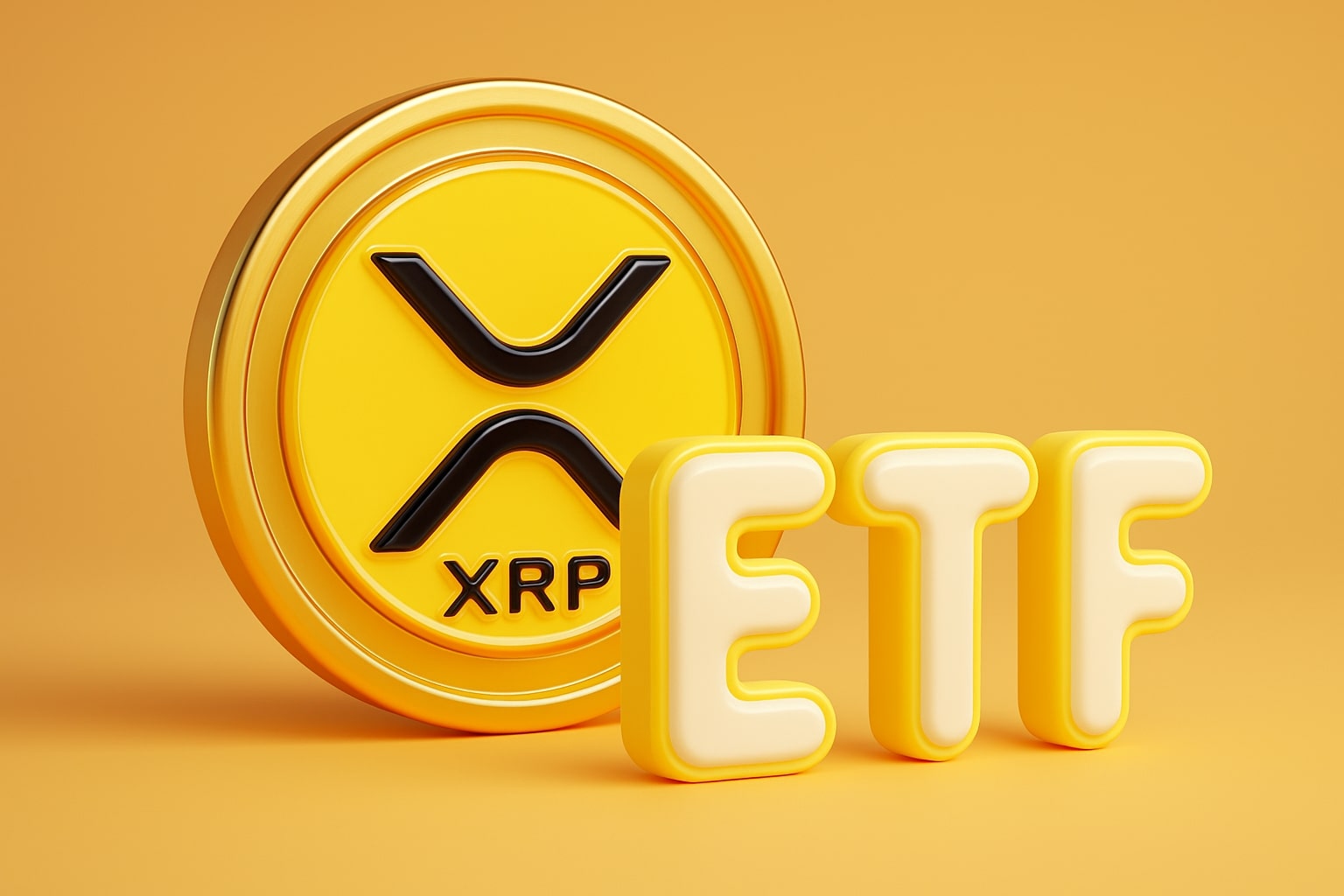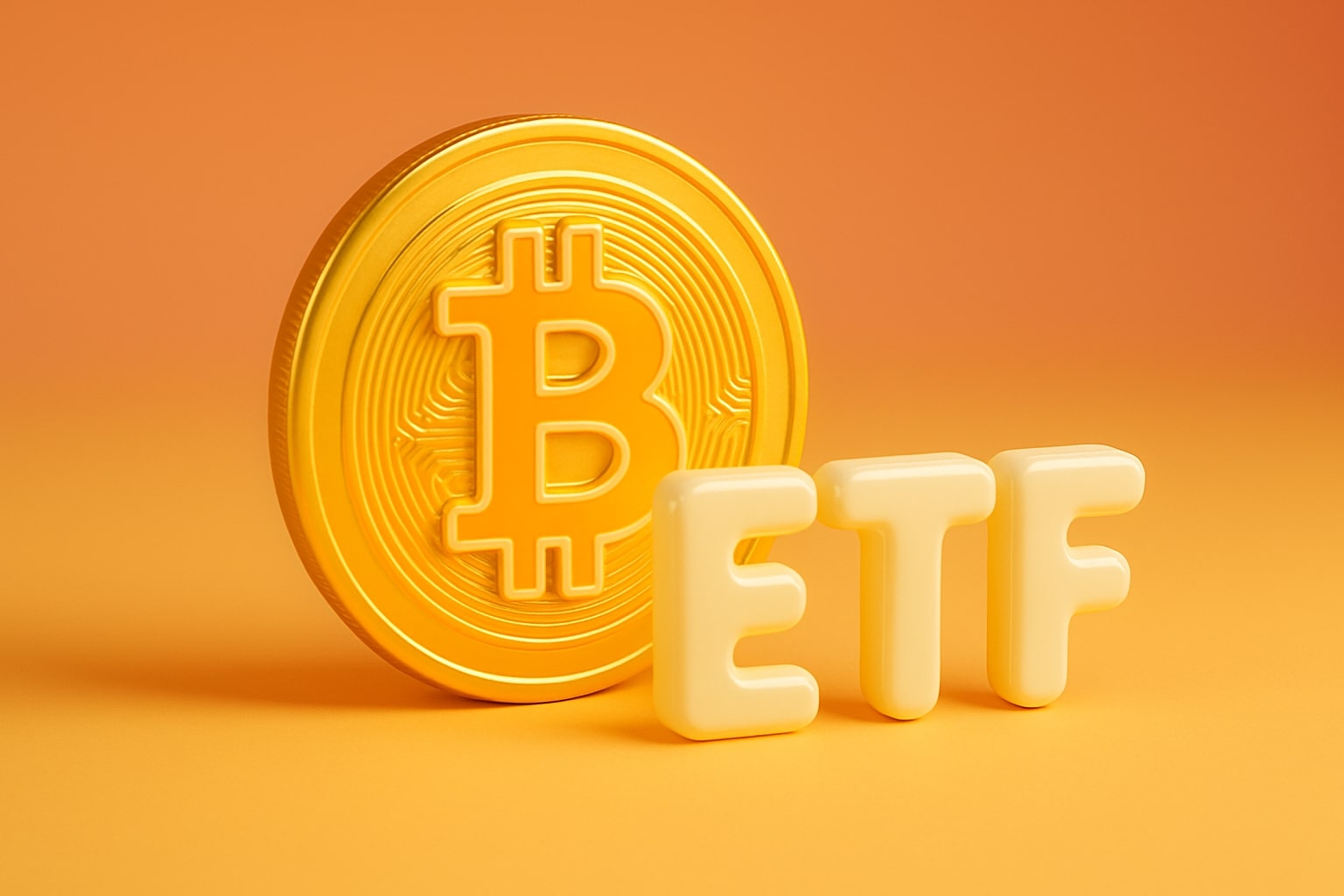Comparative Advantage vs. QQQ and QYLD
Against QQQ, which yields only 0.47%, and QYLD, whose payout averages 9–10% but lacks NAV expansion, JEPQ offers the most balanced profile. The fund’s 10.61% dividend yield combines near double-digit income with measurable total-return growth, unlike its competitors which often sacrifice price appreciation.
The fund’s turnover rate of 168% reflects its active management approach, higher than QQQ’s 8%, yet that activity has translated into alpha generation rather than erosion. Its option overlay structure allows it to capitalize on elevated realized volatility, now 25% higher than average months according to Goldman Sachs data.
Tech Sector Concentration: A Risk and an Edge
While concentration risk is evident—technology makes up 54.28% of JEPQ’s portfolio—this focus aligns with the ongoing AI and data center cycle. Communication services account for 16.44%, cyclicals 14.08%, and healthcare 4.36%, creating a diversified secondary exposure while maintaining growth leadership through its primary sector.
Alphabet, Amazon, Meta, and Tesla continue to report revenue acceleration exceeding 20% year-over-year, which supports both income and capital appreciation. The structure effectively converts the sector’s volatility into a yield-enhancing mechanism, transforming short-term swings into long-term compounding opportunities.
Market Outlook and Rate Sensitivity
As of October 2025, JEPQ’s NAV of $56.32 remains resilient despite tech-sector pullbacks tied to inflation readings and tariff headlines. The ETF’s sensitivity to rates is moderate, and further Fed cuts expected in December could support an upside move toward $58.50–$60.00, matching its 52-week high of $58.54.
With data showing Q3 earnings forecasts rising for NVDA, META, and GOOG, the ETF stands to benefit from stronger premium income and potential NAV expansion through year-end. Moreover, the monthly distribution cycle continues to attract yield-focused investors seeking consistent income streams during uncertainty.
Income Stability and Dividend Power
The ETF’s monthly payout of $0.4461 translates to roughly $5.98 annually, yielding 10.57% at the current market price. Distributions have remained consistent across 2025, supported by robust option premiums. Unlike high-yield bond ETFs that face credit spread risk, JEPQ’s income comes primarily from equity volatility—offering protection against rate hikes and inflationary shocks.
Investor Sentiment and Quant Ratings
According to recent quant models, Seeking Alpha analysts rate JEPQ a Hold (3.28), while quant metrics score it 3.14, also in Hold territory. However, sentiment from professional ETF strategists remains decisively bullish, given its defensive yield in volatile environments. Retail adoption has accelerated on platforms like Fidelity and Schwab, where the ETF now ranks among the top 10 most traded income ETFs of 2025.
Final Verdict: Strong Buy — 2025’s Leading Covered-Call Play
After reviewing yield performance, NAV growth, macro context, and structural income stability, JEPQ emerges as a Strong Buy. Its 10.6% yield, $30.9B AUM, and tech-heavy focus position it for sustained outperformance amid AI expansion and easing monetary policy. With support near $55.80 and resistance at $58.50, short-term volatility should remain income-accretive, not destructive.
Verdict: Strong Buy — Short-term target $58.5; medium-term $62; long-term $70 by FY2026 as AI and data-center earnings lift covered-call premiums.



















